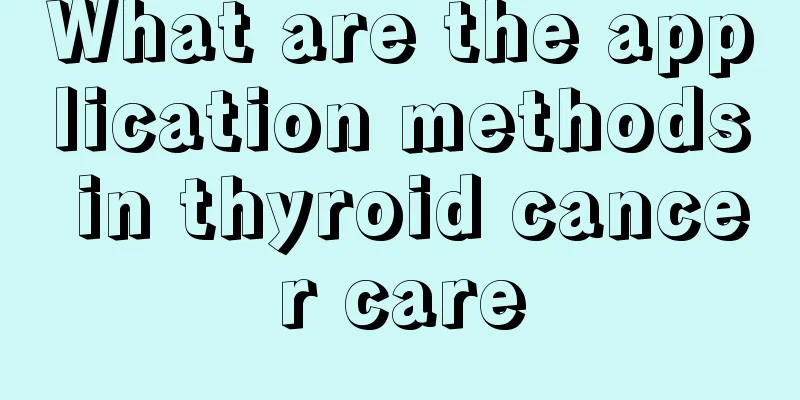Endotheliitis

|
Endoscopic conjunctivitis is commonly known as conjunctivitis and is a common eye disease. The importance of eyes determines that once there is an abnormality in this part, it will have a very big impact. However, we still have to make sure that we have conjunctivitis before we can proceed with further treatment. Let’s take a closer look at the symptoms and main treatments of conjunctivitis. When the impact is too severe, be sure to go to the hospital for treatment in time. Clinical manifestations of conjunctivitis Conjunctival congestion and increased secretions are common characteristics of various conjunctivitis. The inflammation can occur in one eye or both eyes simultaneously/sequentially. 1. Symptoms The affected eye may experience a foreign body sensation, burning sensation, heavy eyelids, and increased secretions. When the lesion involves the cornea, photophobia, tearing, and varying degrees of vision loss may occur. 2. Physical signs The signs of conjunctivitis are an important basis for the correct diagnosis of various conjunctivitis. (1) Conjunctival congestion The characteristic of conjunctival vascular congestion is that the closer to the dome, the more obvious the congestion. The blood vessels are distributed in a reticular manner, bright red in color, and can extend into the periphery of the cornea to form corneal pannus. (2) Purulent discharge is common in gonococcal conjunctivitis; mucopurulent or catarrhal discharge is common in bacterial or chlamydial conjunctivitis, and often adheres firmly to the eyelashes, making it difficult to open the eyelids in the morning; watery discharge is usually seen in viral conjunctivitis. (3) Conjunctival edema. Conjunctival inflammation causes conjunctival blood vessel dilation and exudation, leading to tissue edema. Because the bulbar conjunctiva and fornix conjunctiva tissues are loose, they bulge out significantly when edematous. (4) Subconjunctival hemorrhage is mostly in the form of dots or small patches. Epidemic hemorrhagic conjunctivitis caused by viruses is often accompanied by subconjunctival hemorrhage. (5) The papilla is a nonspecific sign of conjunctival inflammation and can be located on the palpebral conjunctiva or corneal limbus. It presents as a raised polygonal mosaic appearance with areas of hyperemia separated by pale grooves. (6) Follicles Follicles are yellow-white, smooth, round protrusions with a diameter of 0.5 to 2.0 mm. However, in some cases, such as chlamydial conjunctivitis, larger follicles may also appear. Viral conjunctivitis and chlamydial conjunctivitis are often accompanied by obvious follicle formation and are called acute follicular conjunctivitis or chronic follicular conjunctivitis. (7) Membrane and pseudomembrane Membrane is a cellulose exudate attached to the surface of the conjunctiva. Pseudomembrane is easy to peel off, while true membrane is not easy to separate. After forced peeling, the wound will bleed. The essential difference between the two lies in the difference in the degree of inflammatory response. The inflammatory response of true membrane is more severe. Corynebacterium diphtheriae causes severe membranous conjunctivitis; β-hemolytic streptococci, Klebsiella pneumoniae, gonococci, adenovirus, inclusion bodies, etc. can all cause membranous or pseudomembranous conjunctivitis. (8) Damage to scar matrix tissue is the histological basis of conjunctival scar formation. Early manifestations of conjunctival scarring include narrowing of the conjunctival fornix and subepithelial fibrosis of the conjunctiva. (9) Swollen preauricular lymph nodes Viral conjunctivitis is often accompanied by swollen preauricular lymph nodes. (10) Pseudoptosis is caused by hypertrophy of the upper eyelid tissue due to cell infiltration or scar formation, resulting in mild ptosis, which is more common in the late stage of trachoma. (11) Conjunctival granuloma is less common and can be seen in chronic inflammation caused by tuberculosis, leprosy, syphilis and rickettsia. treat 1. Local treatment (1) The main function of flushing the conjunctival sac is to clean it. Commonly used solutions are normal saline, 2% to 3% boric acid solution, or 1:5000 to 1:10000 liters of mercuric (or potassium permanganate) solution. (2) Do not cover the affected eye. Conjunctivitis produces a lot of secretions. If you cover the affected eye, the secretions will not be easily discharged and will accumulate in the conjunctival sac. Covering the eye will also increase the temperature of the conjunctival sac, which is more conducive to the reproduction of bacteria and aggravates conjunctivitis. (3) Topical antibacterial drugs or antiviral eye drops. According to the etiological diagnosis, choose the appropriate therapeutic drugs. 0.5% to 1% silver nitrate can be used. When dropping eye drops, turn over the eyelids and drop the eye drops on the conjunctiva. Wait for a while after dropping the eye drops and rinse with normal saline. Or use a cotton swab to dip a small amount of liquid medicine, apply it to the surface of the conjunctiva, and then rinse with saline. 2. Systemic treatment For severe conjunctivitis, such as gonococcal conjunctivitis, systemic medication is required. |
Recommend
What's in the buffet?
Maybe each of us has eaten at a buffet. You can e...
What are some good ways to improve memory?
Memory is very important in everyone's life. ...
Are red blood streaks related to the heart?
Red blood streaks on the face generally have litt...
Nursing and complications of coronary heart disease, attention should be paid to methods
Although coronary heart disease is a well-known a...
What are the dangers of small cell lung cancer? These four points need attention
In the early stages of small cell lung cancer, ch...
Waterless electric pressure cooker recipe
Waterless baking is actually a cooking method in ...
How to treat ichthyosis?
Ichthyosis is a hereditary skin disease, and it c...
Reasons for different calf thicknesses
The calf plays a very important role in a person&...
How to effectively treat gallbladder polyps
The treatment of gallbladder polyps is better thr...
What are the nursing methods for small cell lung cancer
What are the nursing methods for small cell lung ...
How long does it take to recover after donating blood
As people's quality continues to improve, man...
How to make more foam when washing your hair
In life, everyone needs to wash their hair. Some ...
What is the hospitalization cost for small cell lung cancer
How much is the hospitalization cost for small ce...
How to check if the pharynx is lymphoma
Lymphoma, although this disease is not a very com...
What to do if eyebrows turn white? 7 ways to restore your eyebrows to black
Whitening of eyebrows is a sign of vitiligo, so i...









